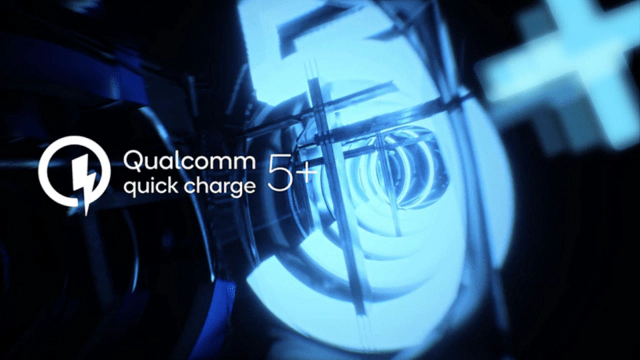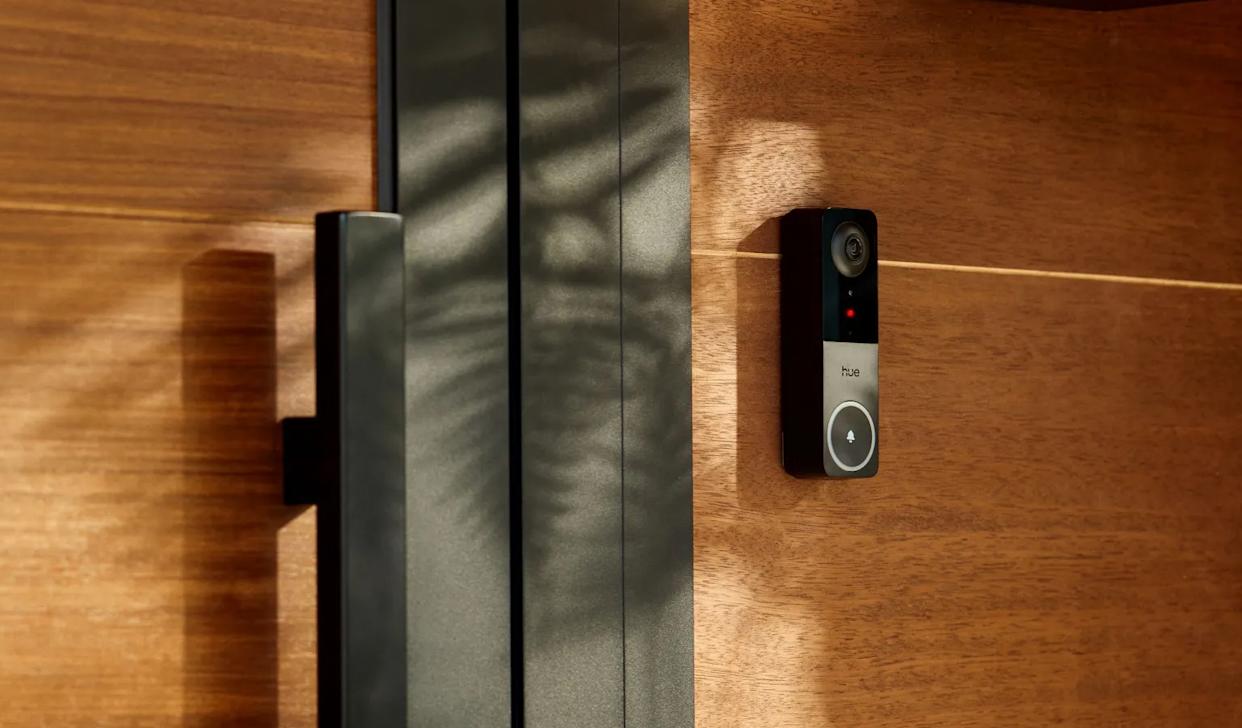Typically Uranus is an incredibly boring place. Occasional storms, but typically nothing severe, or extreme. Scientists estimate that once every 7 years a flurry of storms will occasionally be sparked. However, that has made a recent outbreak of activity on the southern hemisphere of the giant gas planet extremely unusual.
Scientists analyzed images that the Voyager-2 spacecraft took just about 28-years ago to find a few hidden features within the gas planet that were otherwise unknown. As it turns out, there is a strange rotation pattern that previously was unseen. As it turns out, what was once considered one of the blandest planets in the solar system – might actually have some significantly raucous activity happening on it.

The new findings indicate that the southern half of Uranus actually rotates like never before understood or seen. The significance of updrafts, condensation, and much more indicate that extreme storms, or super storms are actually quite possible and regular occurrences on the gas giant. Over the last few centuries astronomers, to different degrees, have worked to pin down the rotational patterns of planets like Jupiter, Saturn, Neptune and Uranus. Collectively 75% of the rotational patterns within the atmosphere have been nailed down, but it remains in question what the rest of the rotational patterns will look like.
Many note though that the rotation, or the unusual rotation that has been noted in the southern portion of Uranus is likely due to factors or things happening on the inner parts of the planet. However, that is where the biggest opportunity for more information remains.
Astronomers have worked to learn more about the inner workings of these planets, but at the end of the day so little is known that astronomers are left guessing or predicting what the actual components look like inside the planet, or within the inner-parts of the atmosphere of the planet even.
http://thehoopsnews.com/2014/11/15/1898/archeologists-discovered-5000-year-old-footprints/
“They are too far for us to be able to measure their rotational profile for the foreseeable future, but with an improved knowledge about Uranus, we might be better able to draw conclusions about their interior structure,” noted one scientist. Even with great improvements in the technology space, it remains a challenge for astronomers to gain a full understanding of what is happening out there that far in space.








Add Comment